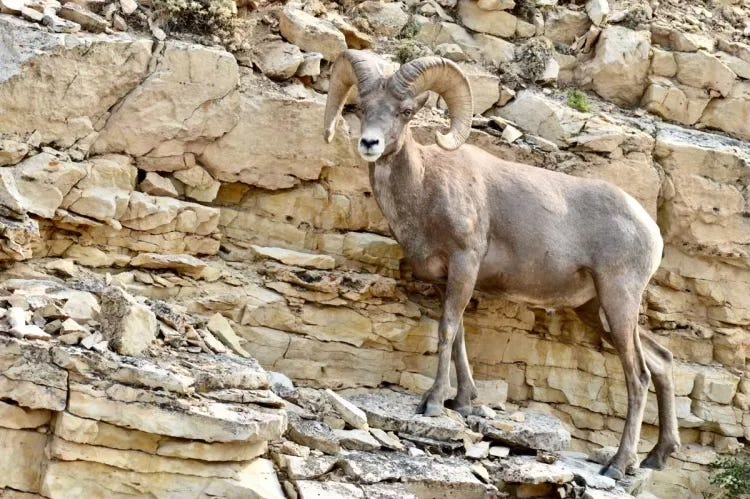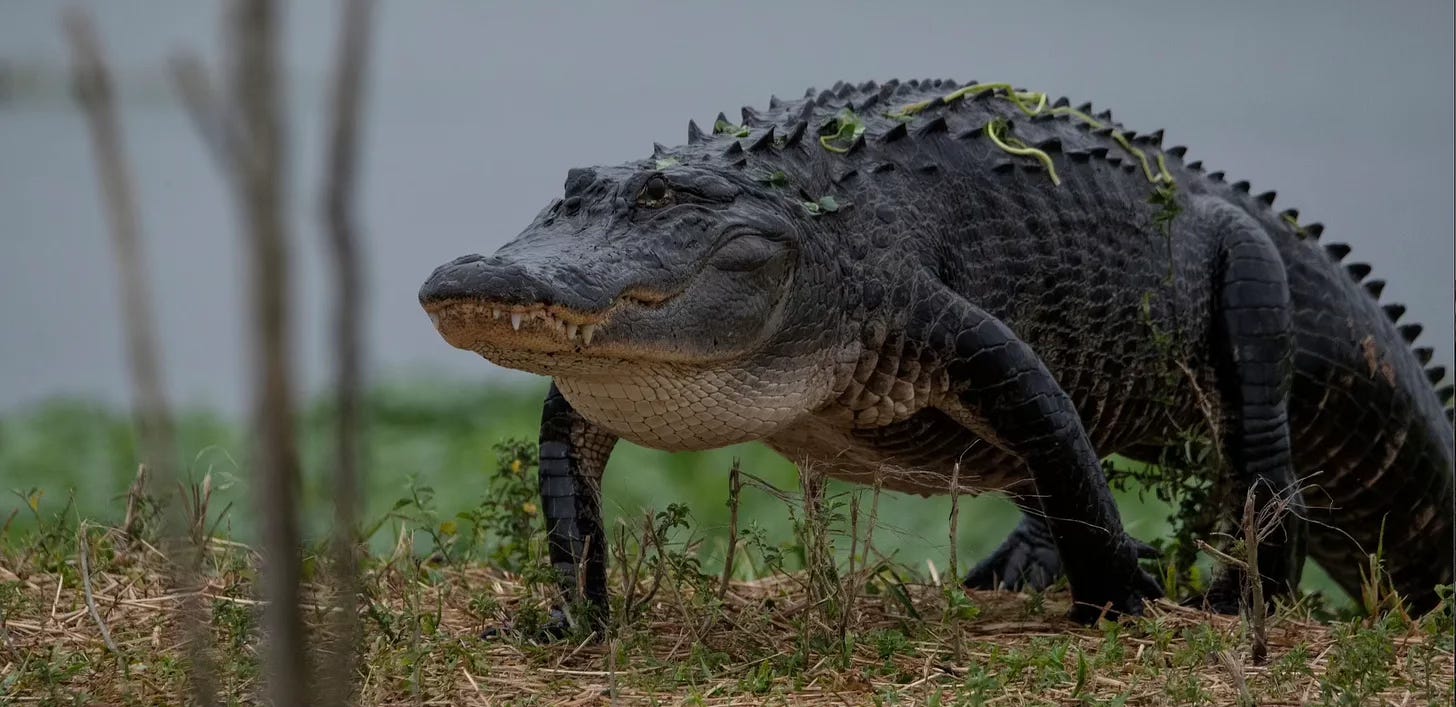Decide our April FUZZ Funds donation!
Vote before Wednesday to choose this month's winner.
By Dan Fletcher
This month, thanks to your support, we have $256 ready to donate to one of three deserving wildlife conservation charities. The total’s a bit lower than usual because we didn’t do any one-off fundraisers to build the pot — our International Pallas’s Cat Day print, though earned more than $5000 for the Manul Working Group! There’s still time to pick up a copy before the end of the month with 100% of the proceeds going to the MWG.
But we can still build our FUZZ Funds total higher before the end of the month. Upgrade to a paid monthly or annual subscription and you’ll earn a vote on where to send our funds this month while adding to the pool. Join before voting closes on Wednesday and I’ll also send you a FUZZ Mug or the Pallas’s Cat Day 6”x8” print free of charge — your choice.
Now let’s meet this month’s nominees.
The Wild Camel Protection Foundation
The Wild Camel Protection Foundation (WCPF) works to protect one of Earth's most endangered and overlooked large mammals — the wild camel. With fewer than 1,000 individuals remaining, these remarkable creatures are genetically distinct from domestic camels and possess extraordinary adaptations, including the unique ability to drink saltwater saltier than the ocean.
WCPF operates the world's only captive breeding program for wild camels in Mongolia, working in partnership with the country's Ministry of Nature and Environment and Tourism. They've already successfully released captive-bred camels back into protected areas and are now expanding with a second breeding center in Toli Bulag, located in the buffer zone of the Great Gobi Protected Area.
Your support would help develop critical infrastructure for the new breeding center, particularly water resources — vital in a region where climate change has intensified desertification across nearly 77% of Mongolia's land. By contributing to this focused conservation effort, you'll be helping ensure the survival of the 8th most endangered large mammal on the planet as it faces mounting threats from mining operations, climate change, and hybridization with domestic camels.
The Rocky Mountain Bighorn Society
The Rocky Mountain Bighorn Society (RMBS) works to preserve and protect one of the American West's most iconic and threatened species. Once numbering as many as two million across North America, bighorn sheep populations collapsed to just 25,000 by the 1950s due to commercial hunting, disease transmission from domestic livestock, and habitat fragmentation.
RMBS collaborates with federal and state agencies, other conservation organizations, and private consulting firms to implement science-based management practices that address the bighorn's greatest threats. Their work includes funding critical sheep grazing allotment retirements to create buffer zones between domestic and wild sheep—vitally important since a single nose-to-nose contact with domestic sheep can introduce fatal pneumonia bacteria to an entire wild herd.
Your support would help RMBS continue their multifaceted approach to bighorn conservation: retiring high-risk grazing allotments, restoring critical habitat, supporting research on disease prevention, and educating the public about these magnificent animals. With local populations often numbering just a few hundred individuals and remaining vulnerable to catastrophic disease outbreaks, your contribution would help ensure that future generations can witness these gravity-defying cliff-climbers across the mountain ranges they once dominated.
The Center for Biological Diversity
Whenever I write about governmental threats to public lands or the Endangered Species Act, the Center for Biological Diversity often ends up being at the center of my research.
The Center for Biological Diversity employs science, law, and strategic media campaigns to protect endangered species and their habitats from extinction. Founded in 1989 by wildlife surveyors who witnessed firsthand the destruction of owl habitat in New Mexico's Gila wilderness, they've grown into one of America's most effective environmental defenders.
Known for their aggressive legal strategies and willingness to challenge both governmental and industrial practices, the Center has secured protections for over 700 species and designated 713 million acres of critical habitat under the Endangered Species Act. Their work is particularly vital now as proposals emerge to redefine "harm" under the ESA in ways that could exclude habitat destruction—the primary driver of extinction.
Your support would help the Center continue their nationwide efforts to protect endangered wildlife at a critical moment when the ESA faces potential weakening through regulatory changes. With scientists warning that over one million species risk extinction in the coming decades, the Center's combination of legal expertise, scientific knowledge, and media advocacy provides a powerful defense for vulnerable species and ecosystems against political and industrial interests seeking to exploit their habitats.
It’s time to vote.
If you’re a paying subscriber, get your vote in before the end of the day on April 30 to pick this month’s FUZZ Funds winner. And if you’re not a paying subscriber, upgrade today and 100% of your subscription go toward conservation causes this month and every month to come.





